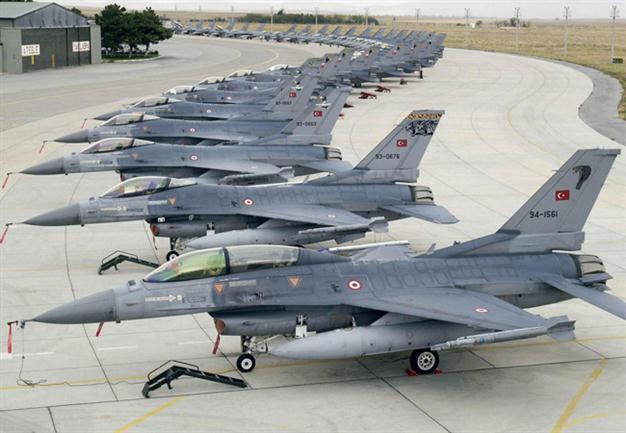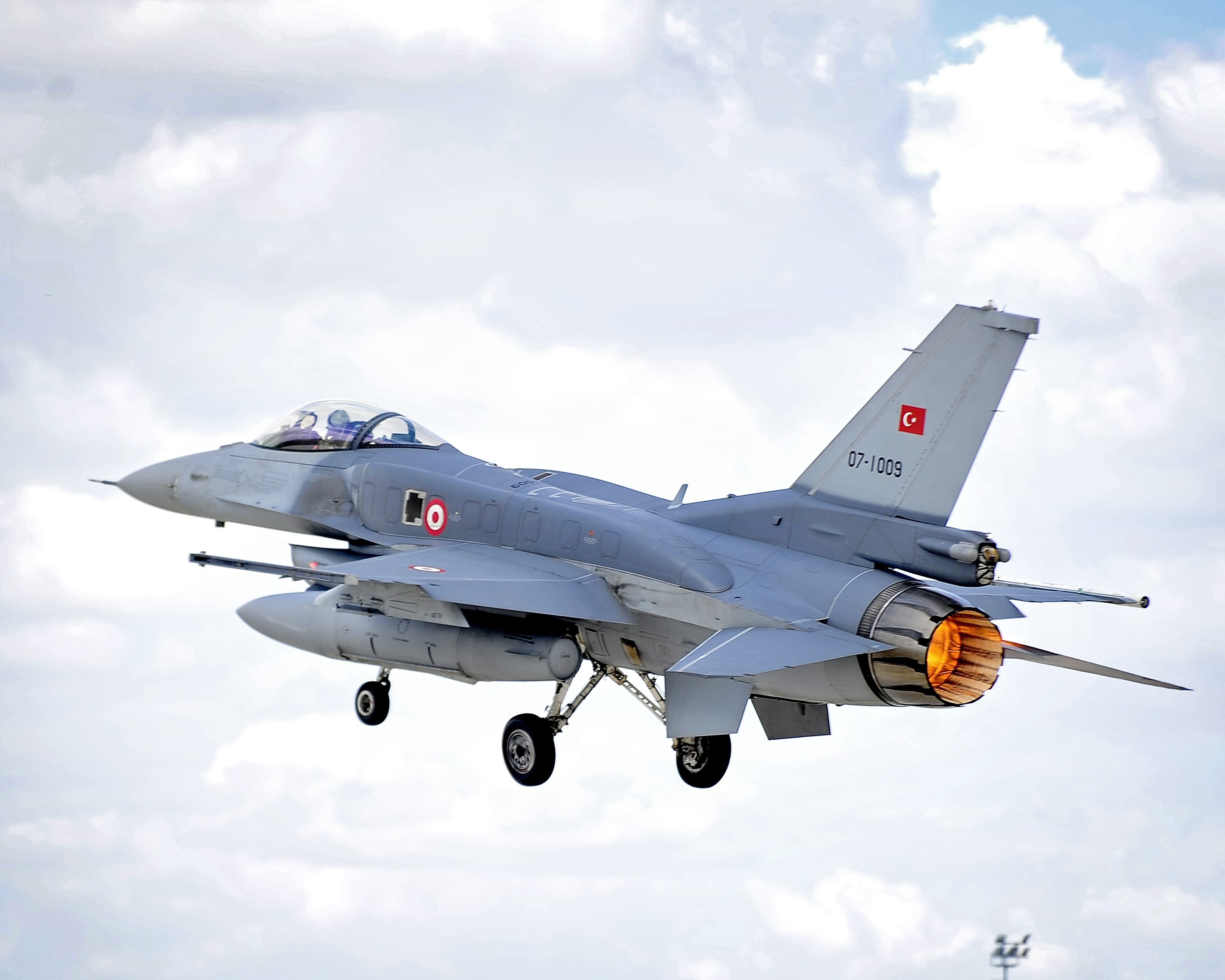The F-16 Fighting Falcon, serving as a key component of the Turkish Air Force, embodies a blend of advanced technology, agility, and combat effectiveness. As Turkey continues to bolster its defense capabilities, the F-16 stands out as a symbol of the country’s commitment to maintaining a robust and modern air force.

Advanced Design and Capabilities
The F-16 Fighting Falcon is renowned for its advanced design and versatile capabilities. Its lightweight frame and powerful engine enable it to achieve high speeds and excellent maneuverability, making it a formidable presence in both air-to-air and air-to-ground combat scenarios. The single-engine, multi-role fighter jet is equipped with state-of-the-art avionics, a robust radar system, and a comprehensive electronic warfare suite, ensuring superior performance in various mission profiles.

Enhanced Combat Effectiveness
One of the primary strengths of the F-16 is its extensive combat capability. The aircraft is capable of carrying a wide array of weapons, including air-to-air missiles, air-to-ground missiles, precision-guided bombs, and conventional munitions. This versatility allows the Turkish Air Force to deploy the F-16 for a variety of missions, from intercepting enemy aircraft to striking ground targets with pinpoint accuracy.
Modernization Efforts
Turkey has continually invested in modernizing its fleet of F-16s to maintain their effectiveness against evolving threats. Recent upgrades have included advancements in avionics, communication systems, and weaponry. These enhancements not only extend the operational lifespan of the aircraft but also ensure that they remain at the cutting edge of military technology.

Operational Flexibility
The F-16’s operational flexibility is one of its most valuable attributes. It can be deployed for a range of missions, including air superiority, ground attack, reconnaissance, and close air support. This flexibility is crucial for the Turkish Air Force, allowing it to adapt quickly to changing battlefield conditions and strategic requirements.
Training and Maintenance
Maintaining a highly skilled and proficient pilot cadre is essential for maximizing the effectiveness of the F-16. The Turkish Air Force places significant emphasis on rigorous training programs that simulate a wide range of combat scenarios. Additionally, robust maintenance protocols ensure that the F-16 fleet remains in peak operational condition, ready to respond to any threat at a moment’s notice.

Strategic Importance
The F-16 Fighting Falcon plays a critical role in Turkey’s national defense strategy. As a NATO member, Turkey’s F-16 fleet contributes to collective defense initiatives, enhancing regional security and stability. The aircraft’s advanced capabilities also support Turkey’s strategic interests, providing a credible deterrent against potential adversaries.
Future Prospects
Looking ahead, the Turkish Air Force is poised to continue leveraging the F-16 Fighting Falcon as a cornerstone of its air defense strategy. Ongoing modernization efforts and potential future acquisitions will ensure that the F-16 remains a vital asset. Moreover, Turkey’s defense industry is exploring opportunities for indigenous development and production of next-generation fighter aircraft, building on the expertise and experience gained from operating the F-16.

Conclusion
The F-16 Fighting Falcon is more than just a fighter jet for the Turkish Air Force; it is a symbol of technological prowess, strategic flexibility, and national defense strength. With its advanced design, extensive combat capabilities, and ongoing modernization efforts, the F-16 will continue to be a crucial component of Turkey’s air defense capabilities. As Turkey navigates the complexities of modern warfare, the F-16 Fighting Falcon stands ready to defend the nation’s skies and uphold its strategic interests.





